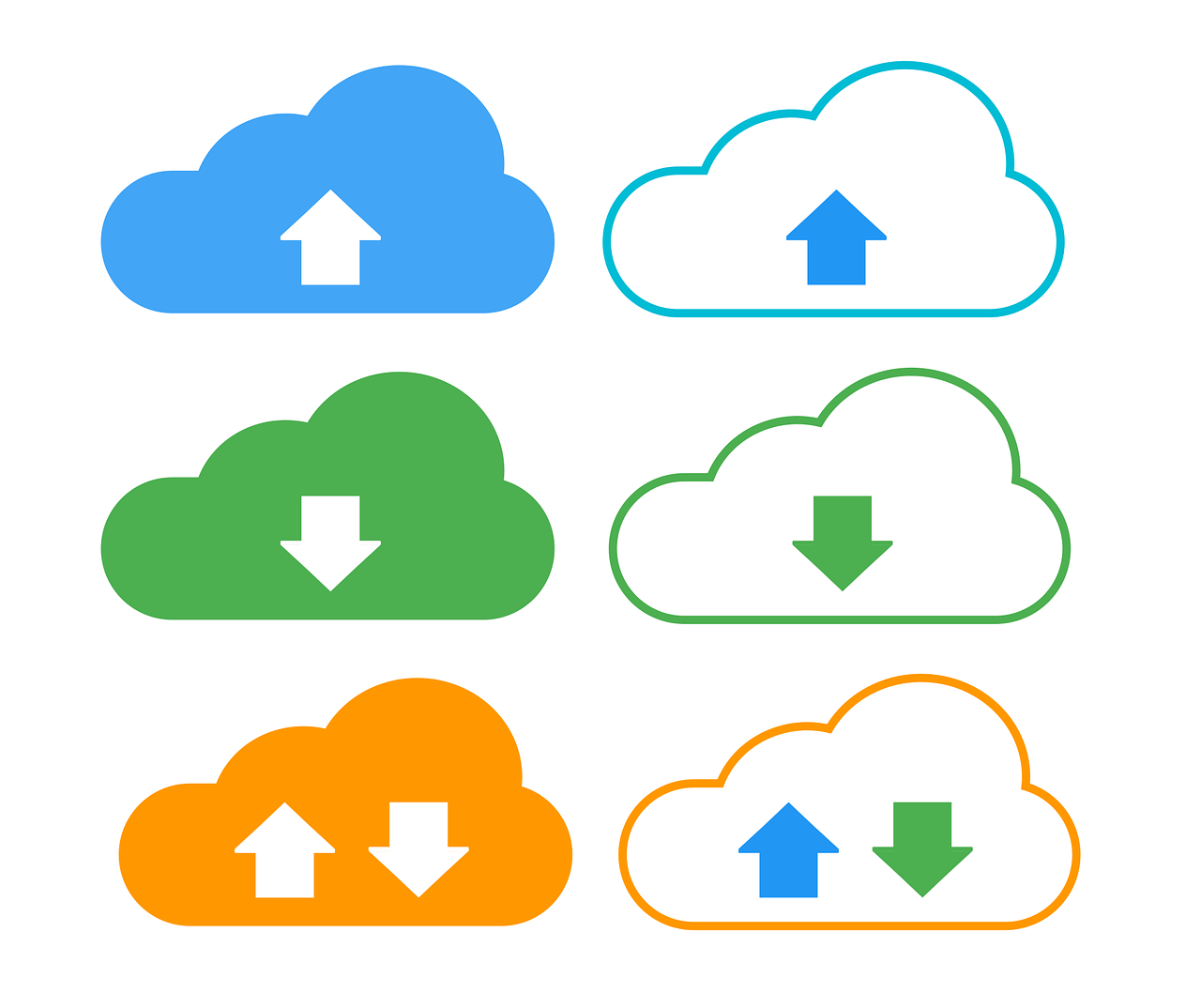Are you curious about how businesses and individuals can benefit from using cloud technology? Look no further, as we dive into the basics of cloud computing and demystify this buzzword. From understanding the different types of clouds to exploring their advantages and disadvantages, we will clear up any confusion surrounding this innovative technology. Get ready to expand your knowledge on cloud computing in our latest blog post!
Introduction to Cloud Computing
Cloud computing is a term that is used to describe a variety of different types of computing services. These services are delivered over the internet, and they allow users to access their data and applications from any location. Cloud computing can be used for a variety of different purposes, including storage, backup, and disaster recovery.
One of the main benefits of cloud computing is that it allows users to access their data and applications from anywhere. This means that if you are on vacation, you can still access your files and work on them. Additionally, cloud computing makes it easy to share files and collaborate with others. Another benefit of cloud computing is that it is scalable. This means that you can easily increase or decrease your use of cloud services as your needs change.
If you are interested in learning more about cloud computing, there are a number of resources available online. You can also contact a company that specializes in providing cloud services to learn more about how they can help you.
What is Cloud Computing?
In plain English, Cloud computing is the on-demand delivery of IT resources and applications via the Internet with pay-as-you-go pricing. Cloud computing is a way of delivering IT services over the internet. This means that instead of having software or hardware installed on your own premises, you can access it remotely via the internet.
Benefits of Cloud Computing
There are many benefits to cloud computing, which is why this technology has become so popular in recent years. With cloud computing, businesses only need to pay for the resources they use, which can be a lot cheaper than maintaining their own on-premises infrastructure.
Another big benefit of cloud computing is that it makes it much easier and faster for businesses to scale up or down their IT resources as needed. For example, if a business suddenly experiences a surge in demand for its services, it can quickly provision more resources from the cloud to meet this demand. Conversely, if demand decreases, the business can just as easily release these extra resources back into the cloud. This flexibility is not possible with on-premises infrastructure, which can often lead to wasted resources and higher costs.
When data and applications are stored in the cloud, they are typically spread across multiple physical servers in different locations. This makes it much harder for hackers to gain access to all of a business’s critical data and brings peace of mind inowing that data is less likely to be lost in the event of a disaster.
Cloud computing can provide benefits to businesses of all sizes. It can help them save money, scale quickly and easily as needed, and enjoy greater security and reliability.
Types of Cloud Computing Services
Cloud computing services are delivered over the internet and provide users with access to storage, applications, and other resources that they can use without having to manage or install the underlying infrastructure.
IaaS provides customers with access to basic compute and storage resources that they can use to build and run their own applications. IaaS is often used for web hosting, development environments, testing, and staging.
PaaS provides customers with access to a platform on which they can develop, deploy, and manage their applications. PaaS typically includes tools and services for application development, deployment, management, and monitoring.
SaaS provides customers with access to software that they can use over the internet. SaaS applications are typically delivered through a web browser or an application programming interface (API).
How to Get Started with Cloud Computing
Now that you know some of the basics about cloud computing, here are a few tips on how to get started:
Security Considerations for Cloud Computing
Cloud computing poses a unique set of security challenges that must be addressed in order to ensure the safety and security of data and applications. The nature of the cloud, with its shared infrastructure and multi-tenancy, introduces a number of potential security risks that must be considered. In addition, the cloud is often used to store and process sensitive data, which raises additional concerns about data privacy and compliance with regulations.
To secure data and applications in the cloud, it is important to understand the risks involved and put in place appropriate security controls. Below are some key security considerations for cloud computing:
1) Data Security: One of the biggest concerns with cloud computing is data security. Since data is stored on remote servers, there is a risk that it could be accessed by unauthorized individuals. To mitigate this risk, it is important to encrypt data both in transit and at rest. In addition, access to data should be carefully controlled and monitored to ensure that only authorized individuals can access it.
2) Application Security: Another concern with cloud computing is the security of applications. Since applications are hosted on remote servers, they may be subject to attack by hackers. To protect against this type of threat, it is important to deploy application firewalls and other security controls. In addition, coding errors or vulnerabilities in applications can also lead to security issues, so it is important to perform regular code reviews and audits.
3) Infrastructure Security: The shared nature of cloud infrastructure introduces a number of
Common Use Cases for Cloud Computing
Storing and backing up data: Cloud storage can be a cost-effective way to store large amounts of data off-site. This can be useful for companies that need to maintain large data sets or for individuals who want to ensure their personal files are backed up in case of a disaster.
Running web and mobile applications: Cloud computing can be used to power web and mobile applications. This can be helpful for businesses that need to scale their application usage quickly or cheaply.
Analyzing data: Cloud-based data analysis tools can make it easier and faster to process large amounts of data. This can be valuable for companies that need to make sense of complex data sets or for research organizations that need to quickly analyze new data sets.
Providing infrastructure as a service: cloud providers can offer virtualized servers, storage, and networking resources on demand. This can be helpful for businesses that need temporary or bursty capacity or for businesses that want to avoid the upfront costs of building their own infrastructure.
Conclusion
Cloud computing is a great solution for businesses of all sizes, as it can help reduce IT costs and increase efficiency. We hope that this article has helped clear up some of the confusion regarding cloud computing by providing an overview of what it is and how to get started. With the right strategy in place, you’ll be ready to take advantage of the many benefits cloud computing can provide your business.













